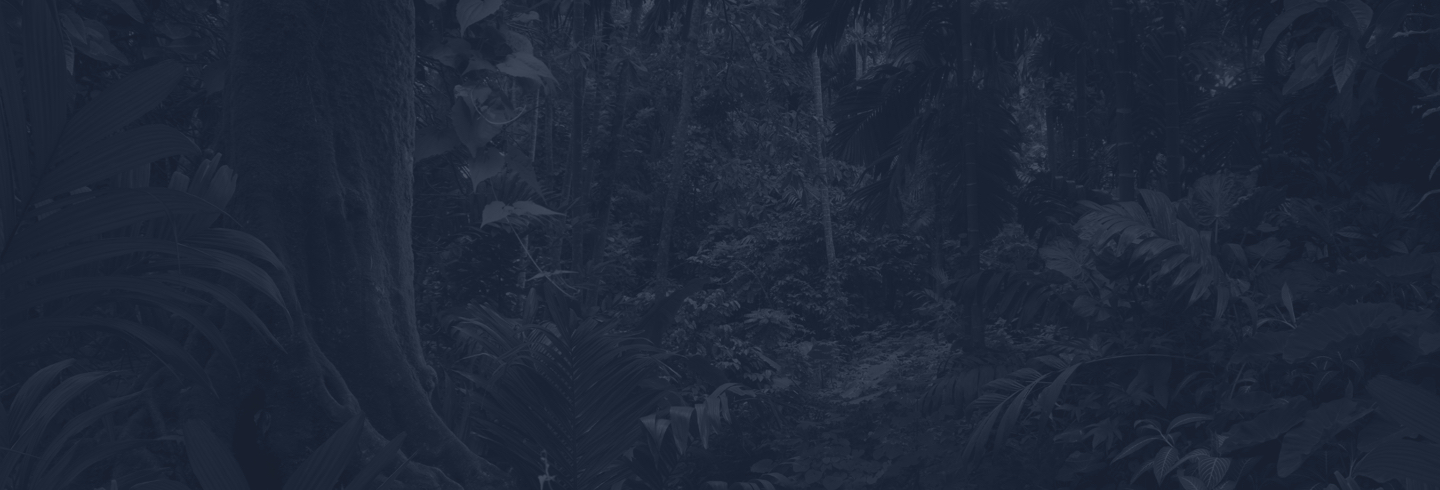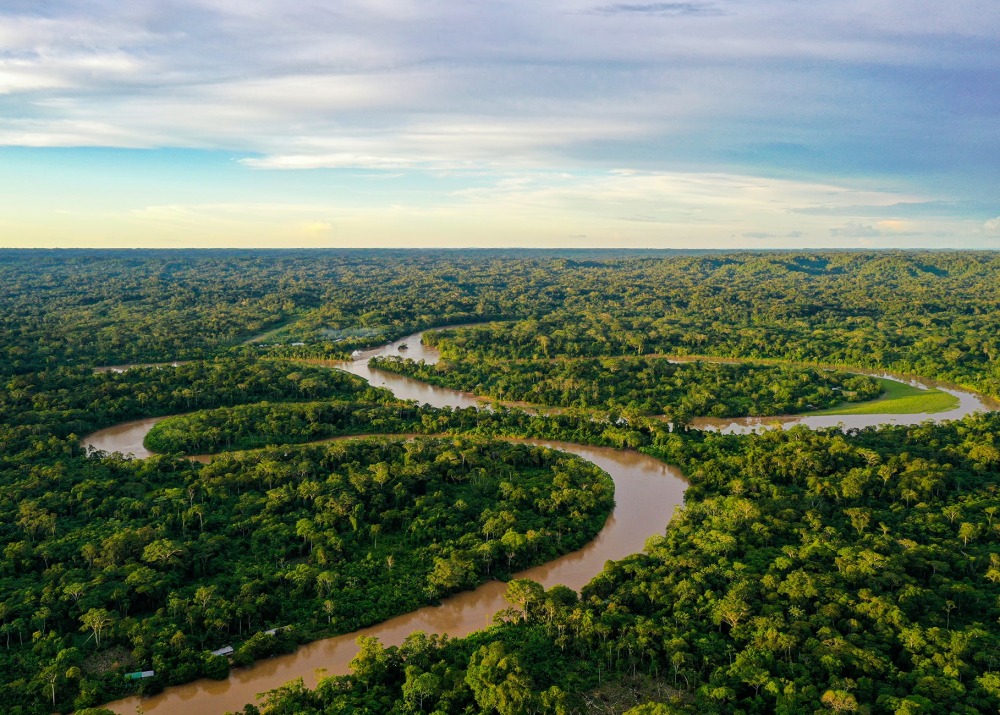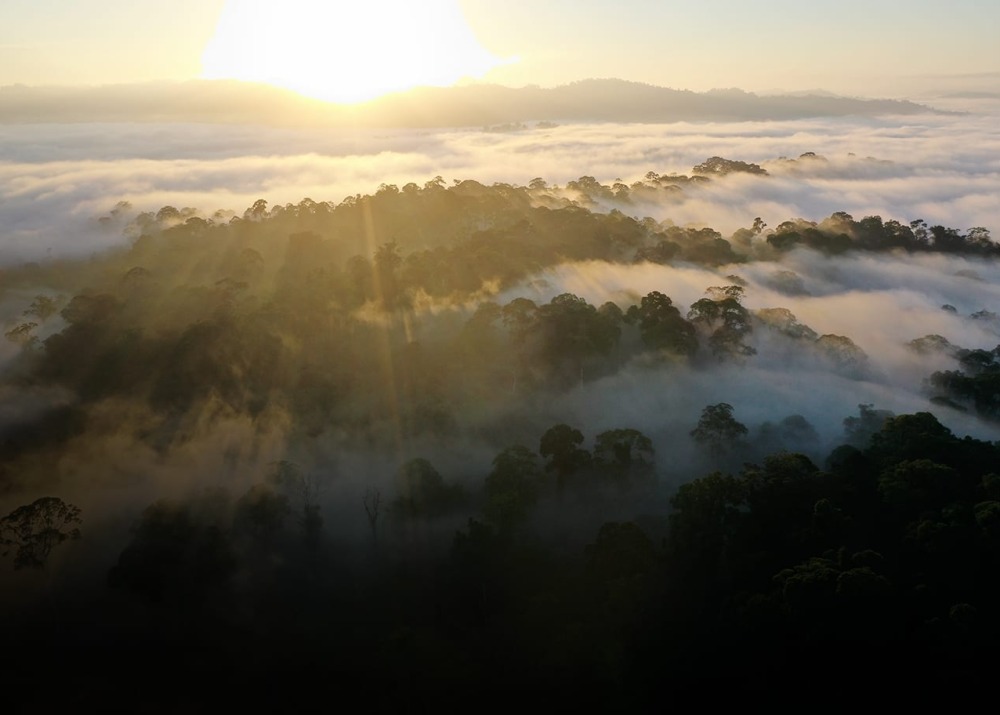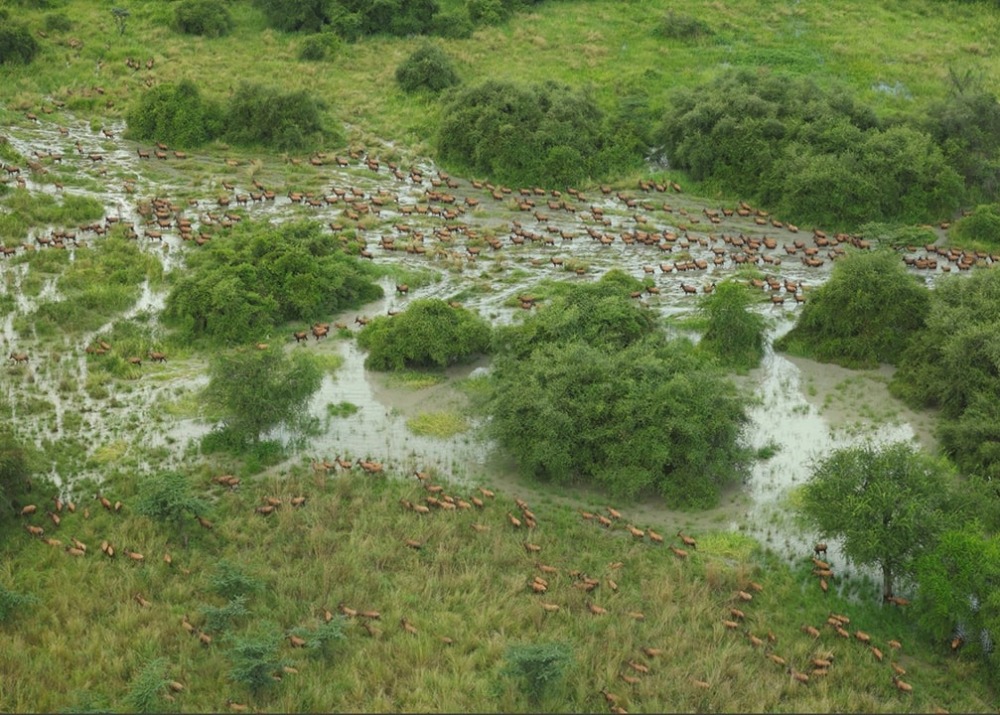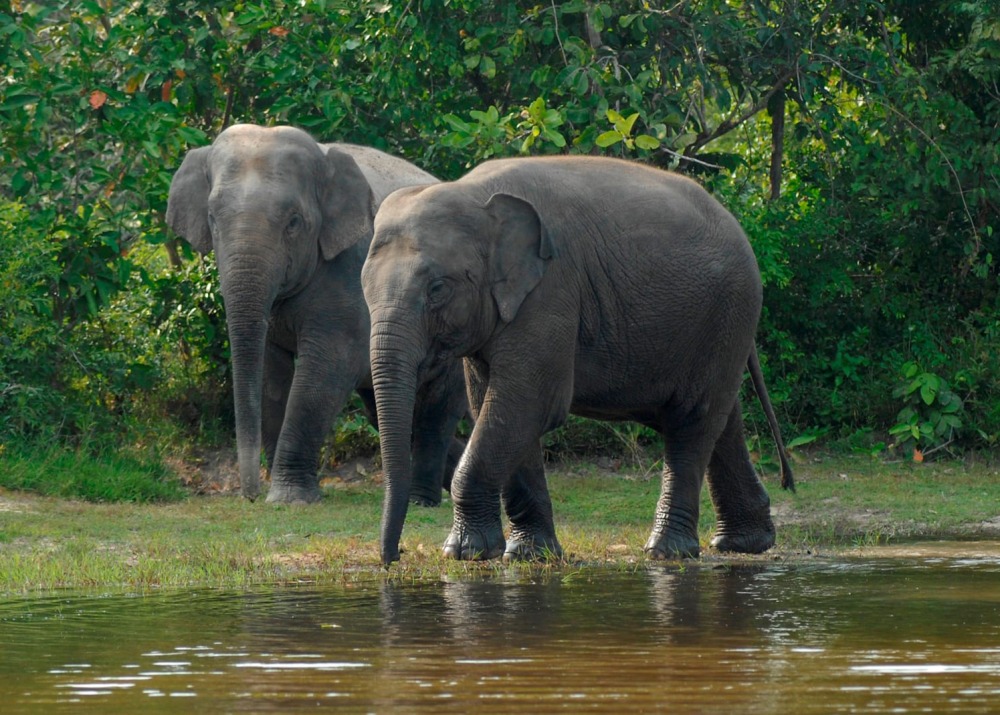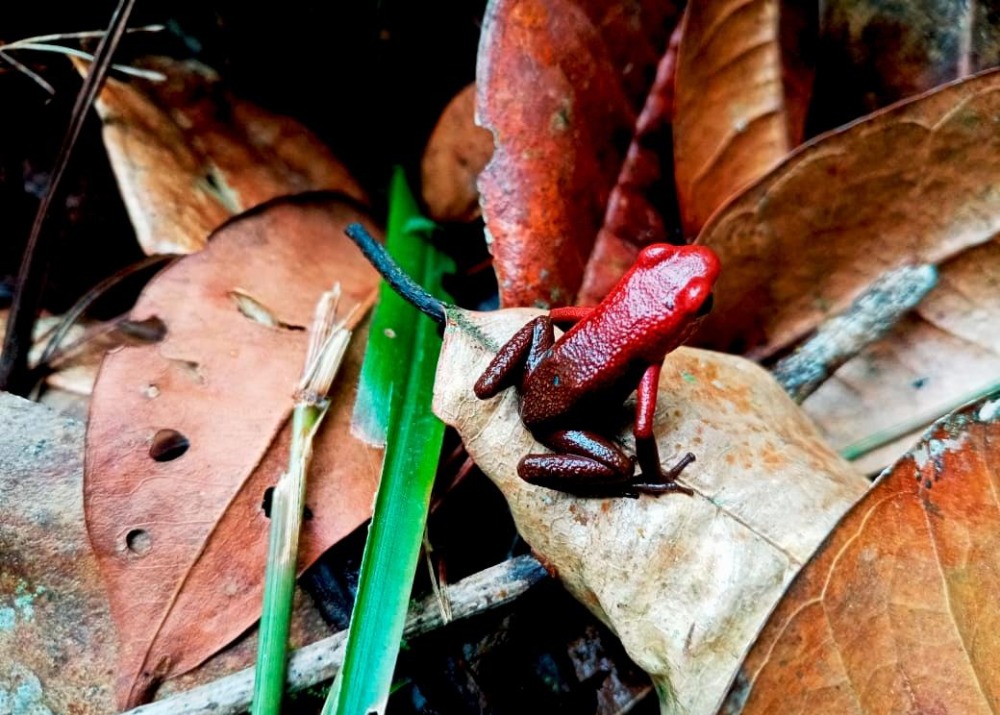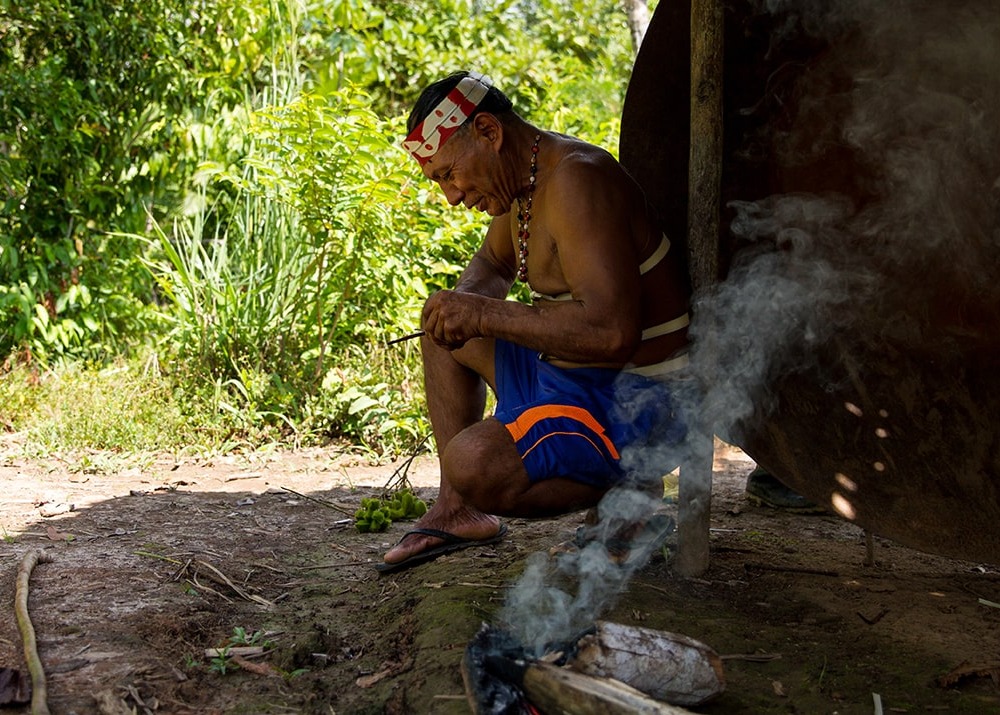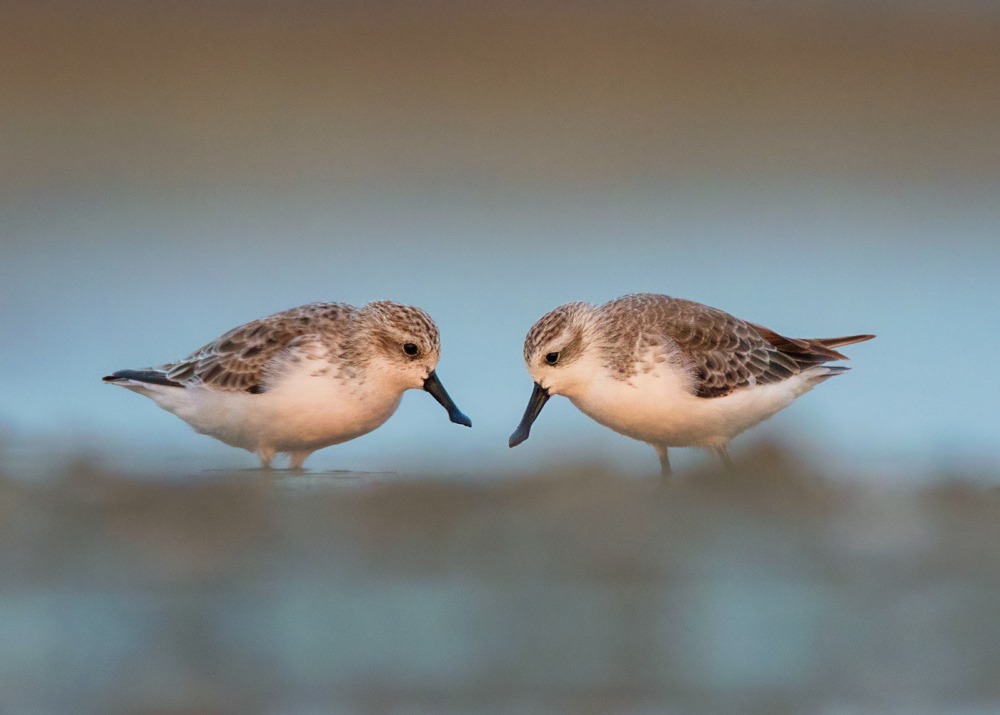International Day for Biological Diversity: Weirdest Rainforest Species
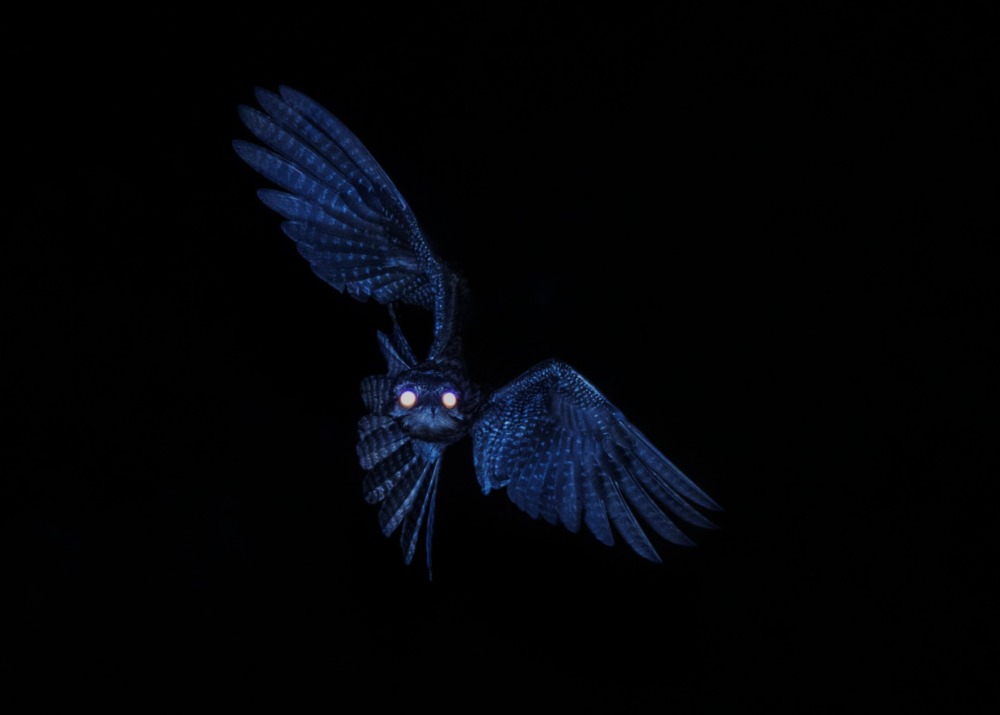
Blog post by Kelly Nealon
Biological diversity (biodiversity) describes the range and variation of all life on Earth. Biodiversity can be measured by number of species, variation of genes, or by diversity of entire ecosystems, including rainforest habitat.
Rainforests around the world harbor an extraordinary degree of biodiversity, including a number of weird and wonderful plant and animal species.
1. Satanic Leaf-tailed Gecko
(Uroplatus phantasticus)
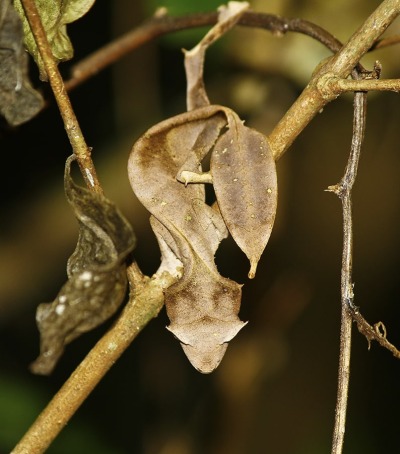
Leaf-tailed Geckos live in the humid forests of Madagascar and nearby islands. The Satanic Leaf-tailed Gecko is typically
mottled brown, with a flat, leaf-like tail that looks like a decaying leaf, providing camouflage. Geckos do not have eyelids, but instead a transparent membrane that covers their eyes. To wipe away debris or dust that irritates their eyes, they typically use their long tongues.
Solitary creatures, these geckos rely on their natural camouflage to go unnoticed during the day, and at night when they move about to feed on insects and other prey. These animals are carnivores, known to eat a wide range of insects as well as the occasional small rodent or reptile.
Leaf-tailed Geckos are well-adapted to avoiding predators, not only through their physical resemblance of a dead leaf but also through their behavior: flattening their body to reduce their shadow, or opening their jaw to show a threatening, bright red mouth.
2. Glass frog
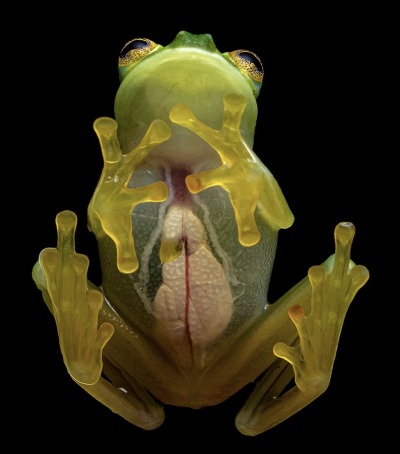
Did you know some frogs are see-through? Glass frogs have a translucent underside. If you pick up a glass frog and look at their belly or chest, you can clearly see their heart pumping blood into arteries, or food moving through their digestive tract. This physical characteristic is actually a form of camouflage. When viewed from underneath, the edges of the frog blend in with its surroundings, a phenomenon called “edge diffusion.”
Glass frogs are found in lowland and montane tropical forests, primarily in Central and South America. These reptiles are highly territorial, and use noises and specific calls to establish a new territory or defend an established area.
3. Bullet Ant
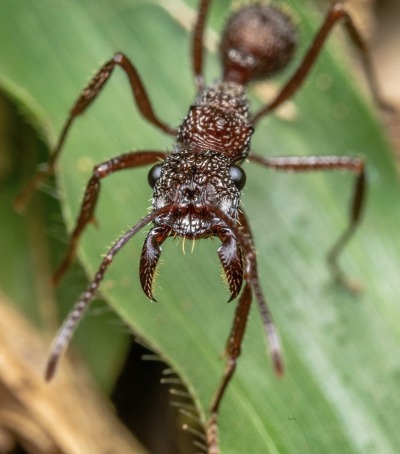
The Bullet Ant is a species of predatory ant known for its unbelievably painful sting. While not deadly, the sting can cause severe pain and swelling, and is considered to be one of the most painful insect stings in the world. The physical sensation has been compared to a gunshot, leading to the common name “Bullet Ant.”
Bullet Ants nest in colonies of nearly 3,000 individuals, in tropical rainforests of Central and South America. These insects forage mainly at night or dusk, and food or water that has been collected is brought back to the nests for larvae and mature adults. Like many species of ants, Bullet Ants use pheromones to show other members of the colony where to locate a food source, and then follow the trail back to return to their nest.
4. Slow Loris
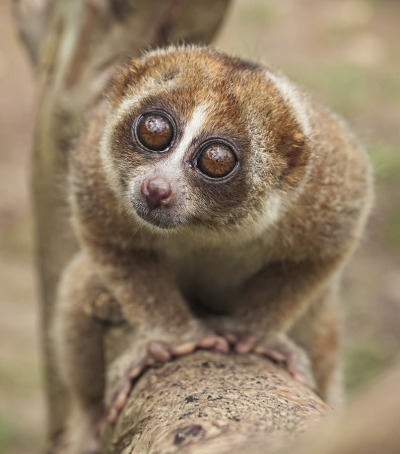
Furry and cute, toxic, venomous, and potentially lethal. The Slow Loris is a large-eyed, nocturnal primate, found in the rainforests of South and Southeast Asia.
Omnivorous, the Slow Loris consumes small birds, reptiles, insects, fruit, nectar, and gum. They have a long, narrow tongue to retrieve nectar from inside flowers.
On the inner, upper arm, the Slow Loris has a brachial gland that secretes pungent, noxious oil. When they feel threatened, these mammals raise their arms and lick this gland. The secreted oil, when mixed with their saliva, produces a venomous solution. If the Slow Loris bites another animal, the venom enters the bloodstream of their victim. This bite is painful, and can cause swelling, heart irregularities, anaphylactic shock, or even death.
The Slow Loris plays an important role in their ecosystem. They are pollinators, transferring pollen between flowers when they drink nectar from individual plants. They eat and digest fruit, spreading seeds in their feces. They are also prey for snakes, hawk-eagles, and occasionally orangutans.
5. Corpse Flower (Amorphophallus titanum)
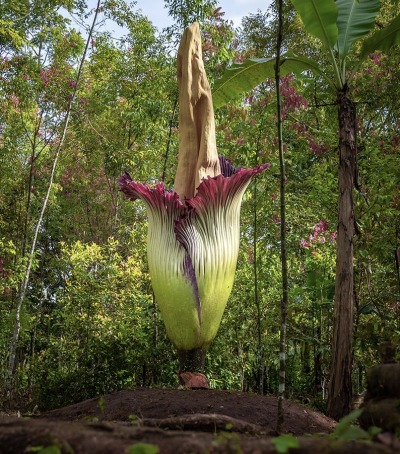
The Corpse Flower is one of the largest flower species, growing over 8 feet tall, and blooming for only one to three days each year. This flower does not have a predictable blooming cycle, instead blooming only when enough energy is stored. Time between blooms can range from a few years to a few decades, depending on environmental conditions like daylight, temperature, and humidity.
When the Corpse Flower does bloom, the plant exudes a horrific smell, the source of its name.
Native to the rainforests of Sumatra in Indonesia, the Corpse Flower is listed as Endangered by the International Union for the Conservation of Nature (IUCN), and it is estimated that less than 1,000 individual flowers remain in the wild.
6. Monkey Cups
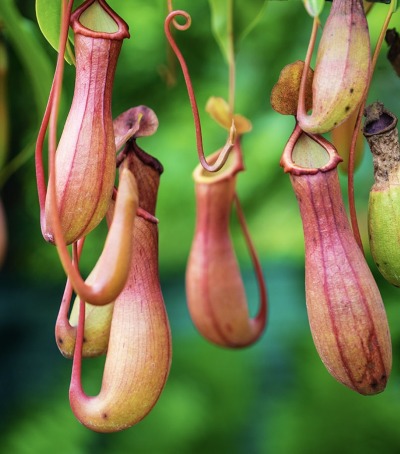
Monkey Cups or Nepenthes are a carnivorous plant species native to Australia and Southeast Asia. These plants form colorful “pitchers” that act as a pitfall trap to catch prey. Pooled water and an odor of nectar helps to attract insects into the plant’s pitchers. Once inside the structure, the insects’ movement stimulates digestive glands in the plant that release a digestive acid. This acid is strong enough to digest small insects within hours, and some Monkey Cup species have even been known to catch and digest whole mice or rats.
7. Jabuticaba Tree
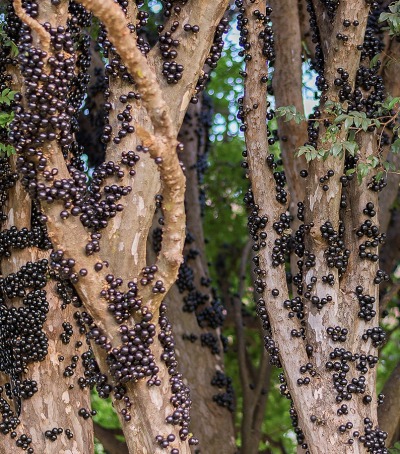
The Jabuticaba Tree is a tropical shrub, native to Bolivia and Brazil. The most defining characteristic of this plant is large, dark purple fruit that grows directly from its trunk in clusters.
The flesh of the fruit is sweet, jelly-like, with a unique flavor often compared to grapes or strawberries.
8. Potoo Bird
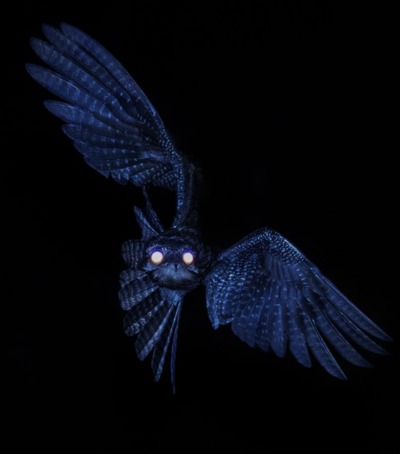
Potoo, often called “Ghost Birds,” are species of nocturnal birds native to tropical regions in the Americas.
During daylight hours they typically sleep, perched on tree branches. Interesting patterns of black, gray, or brown feathers act as camouflage, so they resemble the bark of a tree.
At dusk, they become active and use the night hours to search for food. Potoos have huge eyes to help them spot moths and other flying insects in near darkness. They also have huge, gaping mouths for catching their prey at night as they fly in near silence. These features are very striking in dim lighting, giving them a ghost-like appearance.
You can help protect biodiversity by supporting conservation action for rainforest species across the globe.
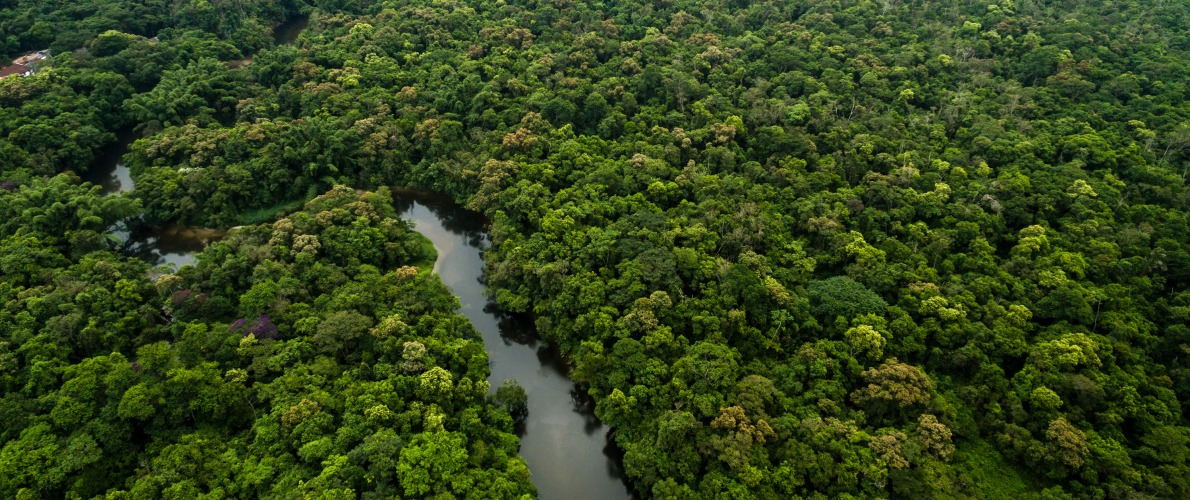

The Brazilian Amazon Fund
The Rainforest Trust Brazilian Amazon Fund was created in 2023 to permanently safeguard 20 million acres in Brazil by the end of 2026. Rainforest Trust’s work around the world, but especially in Brazil, will be critical to continuing to decrease deforestation rates and protecting ecologically important habitat in the most important forests across the world.

